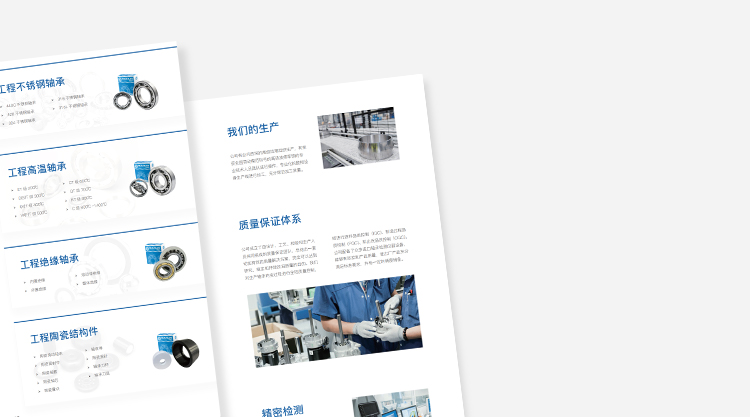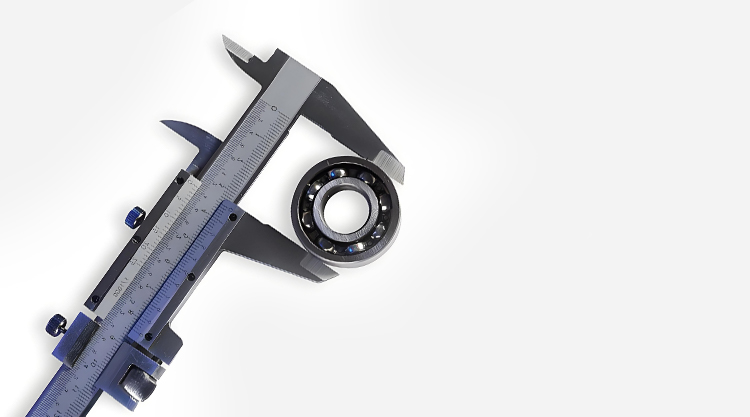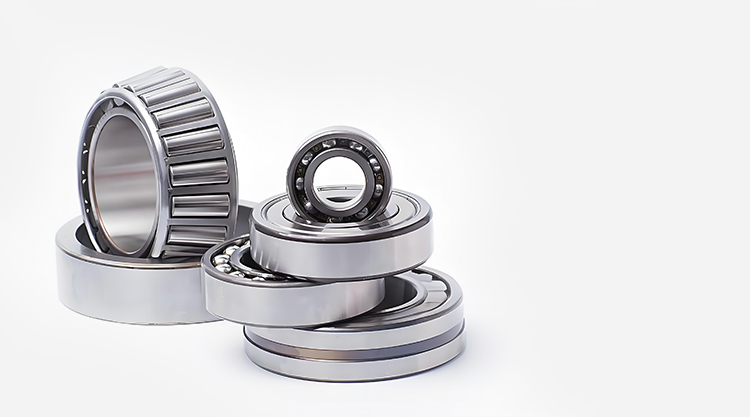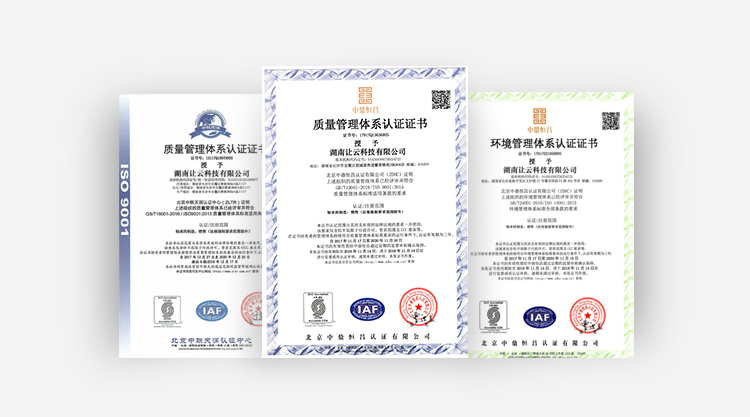Guide to Material Selection and Purchase of Rubber-Lined Bearings
In the field of industrial automation and precision manufacturing, bearings, as core transmission components, directly affect equipment operation efficiency and lifespan. Rubber-coated bearings, with their unique vibration-damping, wear-resistant, and noise-reducing properties, have become the preferred solution in high-end industries such as photovoltaics, lithium batteries, and semiconductors.
This article provides an in-depth analysis of rubber coating material characteristics and selection strategies to help enterprises precisely match equipment requirements.
I. Core Characteristics of Rubber Coating Materials
The performance advantages of rubber-coated bearings come from their outer polymer material layer, with common materials including:
| Polyurethane (PU) | Known for its high elasticity and excellent wear resistance, it is suitable for high-vibration scenarios such as photovoltaic tracking brackets and automated parking systems. It effectively absorbs impact loads and reduces operational noise. With outstanding weather resistance, it remains stable within a wide temperature range from -40℃ to 120℃. |
|---|---|
| Silicone Rubber (Silicone) | Features anti-static and chemical corrosion resistance, widely used in semiconductor wafer transfer equipment and medical instruments operating in cleanroom environments. It prevents particle contamination and electrostatic interference. |
| Fluoroelastomer (FKM) | Outstanding resistance to strong acids and alkalis, suitable for chemical pumps, seawater desalination equipment, and other corrosive conditions. Its service life exceeds that of traditional metal bearings by more than three times. |
II. Key Indicators for Selecting Rubber-Coated Bearings
Selection of rubber-coated bearings should comprehensively consider the following parameters:
| Load Type | For scenarios mainly subjected to radial loads (such as robotic joints), a short-shaft design with a length-to-diameter ratio of 1:1 is recommended. For applications with significant axial loads (such as vertical motors), the end-face support structure should be reinforced. |
|---|---|
| Speed Range | For high-speed conditions (>5000 rpm), choose materials with a low friction coefficient (such as PTFE-coated layers) to prevent heat buildup and softening of the rubber layer. |
| Environmental Adaptability | For high-temperature environments (>150℃), a zirconia ceramic base combined with a fluoroelastomer coating is recommended. For high-humidity conditions, use rust-proof steel cores with silicone sealing structures. |
| Maintenance Requirements | For maintenance-free applications, self-lubricating composite materials (such as graphite-filled nylon coatings) can be selected to reduce downtime. |
III. Industry Application Matching Guide
| Photovoltaic Equipment | Polyurethane-coated bearings improve tracking system accuracy and reduce wear by 40% in sandy desert environments. |
|---|---|
| Lithium Battery Production Line | Silicone-coated bearings are used in cell handling stations to prevent metal ion contamination, increasing product yield to 99.5%. |
| Semiconductor Equipment | Zirconia ceramic base combined with anti-static rubber coating ensures zero particle release during wafer transfer. |
| Automation Terminals | Polyurethane bearings enable silent operation in ATMs and vending machines, reducing user complaints by 60%. |
IV. Advantages of Rubber-Coated Bearings
| Vibration and Noise Reduction | Rubber-coated bearings effectively absorb vibration and noise, minimizing operational impact, especially in precision and noise-sensitive equipment. |
|---|---|
| Wear Reduction | The elastic deformation of rubber-coated bearings under load helps reduce internal friction and wear, extending equipment lifespan. |
| Resistance to Harsh Environments | The corrosion and temperature resistance of rubber coating materials allow these bearings to operate reliably in harsh environments such as petrochemical and chemical industries. |
| Improved Equipment Efficiency | Reduced friction and vibration lower energy consumption and enhance overall equipment operating efficiency. |
V. Conclusion
As an essential industrial component, rubber-coated bearings are widely used in various mechanical equipment. When selecting suitable rubber-coated bearings, it is crucial to consider working environment, load requirements, speed range, and resistance to temperature and corrosion. Choosing the right rubber coating material can significantly improve equipment performance, extend service life, and reduce maintenance costs.
-
22 2025.10Bearing Speed: Influencing Factors, Calculation Methods, and Speed Ranges for Differe
This article will explore the factors influencing bearing rotational speed, calculation methods, common bearing speed ranges, and usage precautions, providing practical guidance for professionals in t
-
22 2025.10Eccentric Bearings: The “Eccentric Adjustment Experts” in Industrial Machinery
In industrial mechanical transmission systems, eccentric bearings serve as critical components for achieving shaft eccentricity adjustment and compensating for installation errors.
-
22 2025.10Comprehensive Guide to Industrial Bearing Lubrication: Method Selection
In mechanical transmission systems, bearing lubrication directly determines equipment lifespan and energy efficiency.
-
22 2025.10Mounted Bearings: A Complete Guide to Structure, Selection, and Application
Pillow block bearings, as bearing units that integrate rolling bearings with bearing housings, have become indispensable fundamental components in modern industrial equipment.




